Could Red Fescue be my problem?
8 years ago
Featured Answer
Sort by:Oldest
Comments (27)
- 8 years ago
Related Discussions
problems with tall fescue
Comments (5)There are parts of the lawn that have clumps here and there.But there is a newer section of lawn(third season)that is overcrowded with TF.That was the main reason for not spot treating,i just figured i would do the entire lawn with my sprayer.The newer part was seeded with midnight which is very slow growing especially in the spring when temps are still on the cool side.It won't start gaining height until temps are in the 80-90 range and by then the TF gains it's ground.I think it would also help if i overseeded this fall with something that would fill in the bare spots while the midnight matures....See MoreCreeping red fescue?
Comments (11)Creeping fescue may be great for some areas and/or desired types of lawn, but I have concerns about mine. I like nice tall, single-blade grasses but I have something that has invaded that turns my lawn into a mat of grass that is all interconnected at the roots. It takes over entire portions of my lawn, and while green in the summer, it dies and turns brown all winter and early spring. Hard to get rid of too. I'm trying to eliminate this creeping grass, and beginning to wonder if I didn't introduce it myself through seeding. Not sure if this is bermuda grass, centipede grass or creeping fescue. Photos would be helpful. And tips on how to get rid of whatever it is. Lots of interconnecting roots..... Thanks!!!...See MoreMy red spider lilies are just now coming up. Problem?
Comments (12)My experience is that if you got foliage first, you won't get flowers this year. And when I've dug mine up to share, it took a year or two to get flowers. Also, there is no rhyme or reason as to why they bloom some years and not others although once they start, you'll get blooms almost every year. The best thing to do is just ignore them and let them surprise you next year. Most of mine bloomed, but not all of them. I know your frustration. I look forward to seeing them every year and when I only get foliage, I get really bummed....See MoreGrass Problems Lawn issues with tall fescue
Comments (4)Fungus is best prevented rather than treated. So you'll want to start early next year, maybe mid-April and keep it going through the summer. Headway G is great but very expensive so I would suggest looking into purchasing propiconazole and azoxystrobin in gallon jugs to use. They will pay themselves off in 3-4 apps(vs Headway) and then you'll have fungicide to use for many years....See More- 8 years ago
- 8 years ago
- 8 years ago
- 8 years ago
- 8 years ago
- 8 years agolast modified: 8 years ago
- 8 years ago
- 8 years ago
- 8 years agolast modified: 8 years ago
- 8 years ago
- 8 years ago
- 8 years ago
- 8 years ago
- 8 years ago
- 8 years ago
- 8 years ago
- 8 years ago
Related Stories
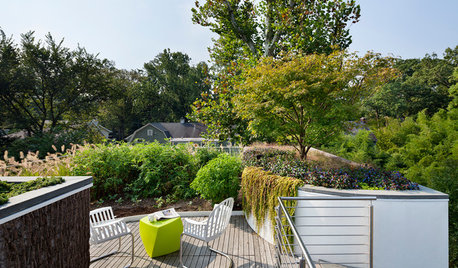
LANDSCAPE DESIGNProblem Solving With the Pros: Sustainable Landscape Captures Runoff
An underground cistern, permeable paving and a rain garden are part of this Washington, D.C. yard's thoughtful design
Full Story
HOUSEKEEPING10 Problems Your House May Be Trying to Show You
Ignore some of these signs and you may end up with major issues. We tell you which are normal and which are cause for concern
Full Story
RUSTIC STYLEBrick Floors: Could This Durable Material Work for Your House?
You love the old-world look, but will you like the feel of it underfoot? Learn the pros and cons of interior brick flooring
Full Story
MORE ROOMSCould Your Living Room Be Better Without a Sofa?
12 ways to turn couch space into seating that's much more inviting
Full Story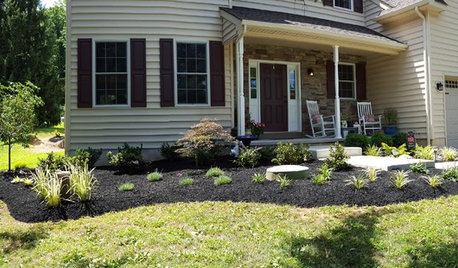
LIFEIf You Could Talk to Your House, What Would You Say?
‘Pull yourself together’ or ‘thank you for transforming my life’? Notes to homes around the country hit us where we live
Full Story
ARCHITECTUREHouse-Hunting Help: If You Could Pick Your Home Style ...
Love an open layout? Steer clear of Victorians. Hate stairs? Sidle up to a ranch. Whatever home you're looking for, this guide can help
Full Story
MODERN HOMESHouzz Tour: ’50s Ranch Redo Could Be a Keeper
An experienced house flipper puts his creative talents to work on an L.A. remodel designed for his own family
Full Story
FUN HOUZZWhat Could You Imagine With Lego's New Architecture Kit?
Go ahead, toy around with wild building ideas. With 1,210 all-white blocks at your disposal, it's OK to think big
Full Story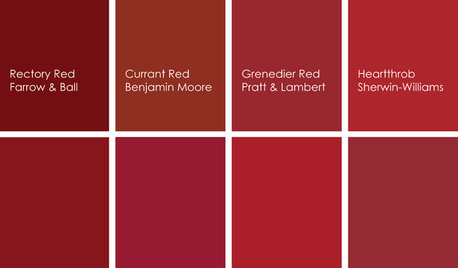
KITCHEN DESIGNCooking With Color: When to Use Red in the Kitchen
Candy Apple Red, Red Licorice and more for your kitchen walls, cabinets or island? The color choices are as delicious as they sound
Full Story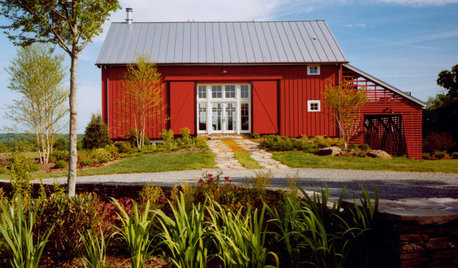
EXTERIOR COLORWhen to Paint Your Home Red
Bring on the energy — with red on its exterior, your home can stir up excitement in any setting
Full Story


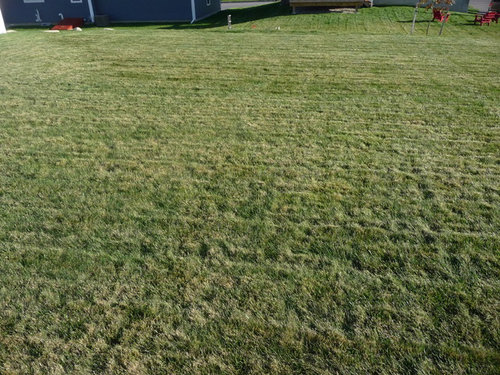
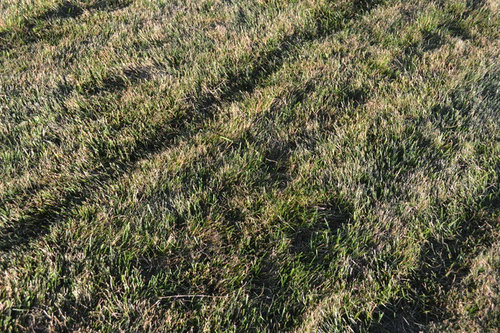



User